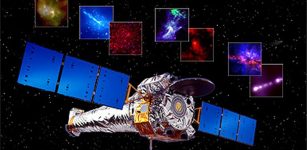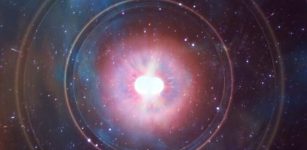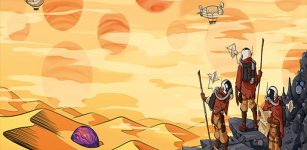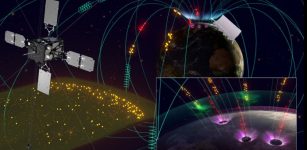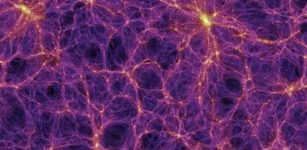Are Some Of Saturn’s Icy Moons Recent Phenomena?
MessageToEagle.com – New research suggests that some of Saturn’s icy moons as well as its famous rings might be younger than the dinosaurs.
Their dramatic birth may have taken place a mere hundred million years ago, more recent than the reign of many dinosaurs.
“Moons are always changing their orbits. That’s inevitable,” says Matija Cuk, principal investigator at the SETI Institute.
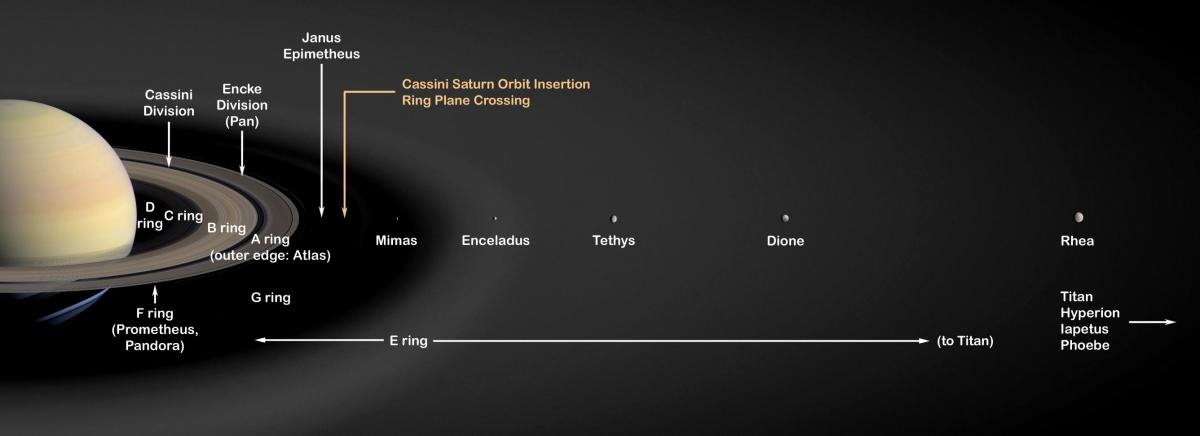
“But that fact allows us to use computer simulations to tease out the history of Saturn’s inner moons. Doing so, we find that they were most likely born during the most recent two percent of the planet’s history.”
While Saturn’s rings have been known since the 1600s, there’s still debate about their age. The straightforward assumption is that they are primordial — as old as the planet itself, which is more than four billion years.
However, in 2012, French astronomers found that tidal effects — the gravitational interaction of the inner moons with fluids deep in Saturn’s interior — are causing them to spiral to larger orbital radii comparatively quickly. The implication, given their present positions, is that these moons, and presumably the rings, are recent phenomena.
Researchers used computer modeling to infer the past dynamic behavior of Saturn’s icy inner moons. Saturn’s many satellites have to share space with each other. Our own moon, on the other hand, has its orbit around Earth to itself. But how long ago was their birth?
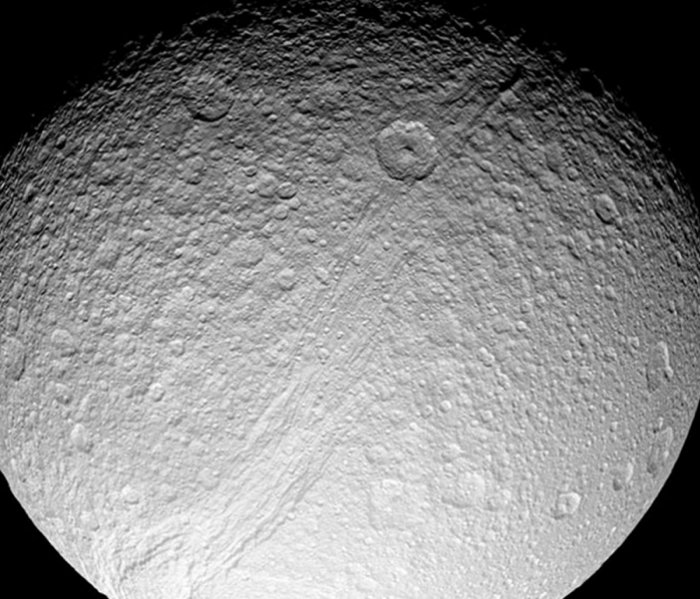
Researchers used results from by NASA’s Cassini-Huygens spacecraft, which reached Saturn and its moons in 2004, and deduced that Saturn’s moons Dione, Rhea and Tethys, are really young moons because there isn’t evidence of changes in their orbital tilt that is typical of older moons.
The inner moons may have formed during the Cretaceous Period, the last era of the so-called Age of Dinosaurs, the team concluded.
“We find that [the inner moons] were most likely born during the most recent two percent of the planet’s history,” Cuk says. There have been discovered about 62 moons closely clustered around the gas giant. They are influenced by Saturn’s gravity forces and by each other. “So the question arises, what caused the recent birth of the inner moons?” asks Cuk.
“Our best guess is that Saturn had a similar collection of moons before, but their orbits were disturbed by a special kind of orbital resonance involving Saturn’s motion around the Sun. Eventually, the orbits of neighboring moons crossed, and these objects collided. From this rubble, the present set of moons and rings formed.”
If this result is correct, Saturn’s bright rings may be younger than the heyday of the dinosaurs, and we are fortunate to witness them today.
The research is being published in the Astrophysical Journal.
MessageToEagle.com
Expand for referencesReferences:

